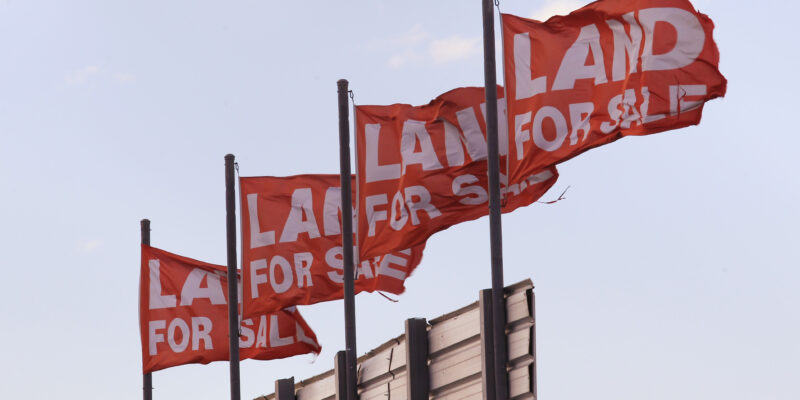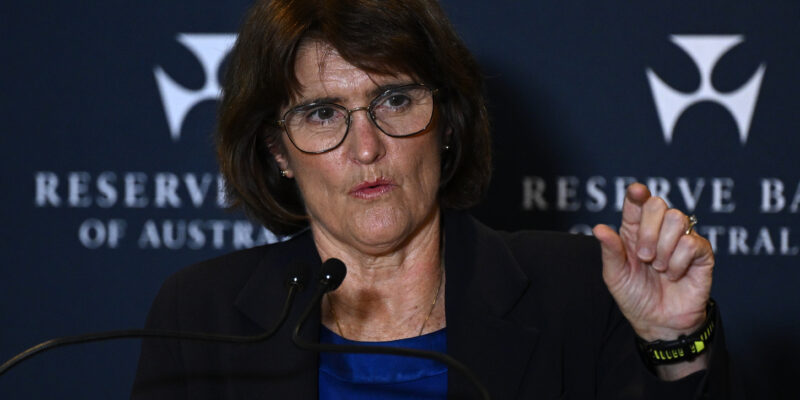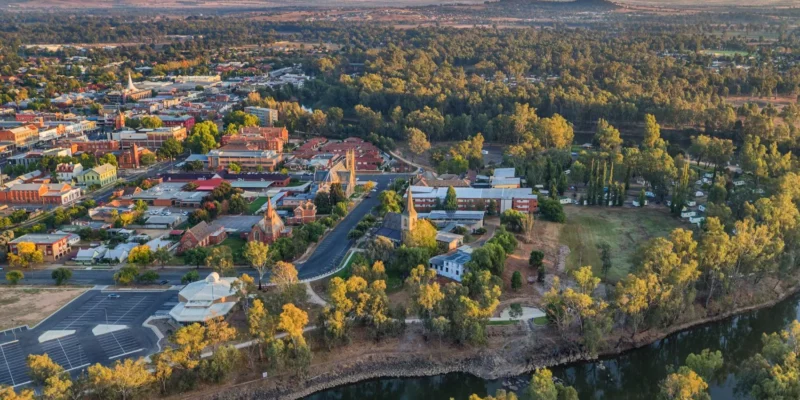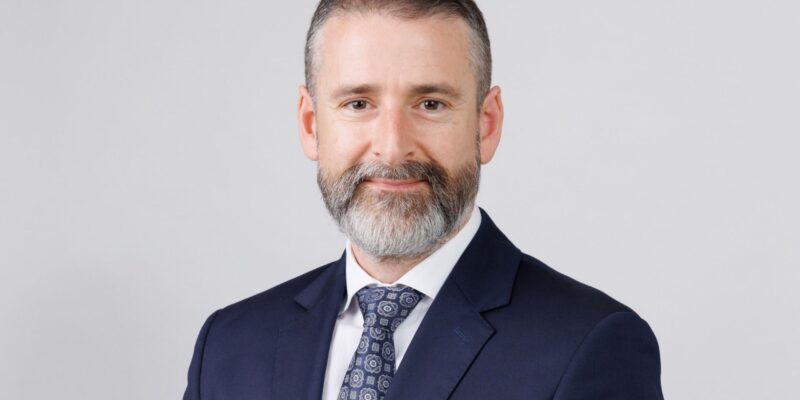Is Tarneit Melbourne’s Fastest-Growing Suburb?
Once a predominantly rural outpost west of Melbourne, the 3029 postcode has undergone a dramatic transformation over the past two decades.

HOUSING estates have followed a state government-driven infrastructure surge, which has turned the suburb into one of Melbourne’s most sought-after areas for young families.
Conveyancer Elisha Burnette has first-hand experience, growing up nearby – and now as Director of Sargeants Conveyancing Wyndham & Hobsons Bay.
Her mum was an early pioneer, who built her own property in Tarneit.
“It was just a lot of land for many years – farmland predominantly – but over the last 20 years we’ve really seen a surge in housing development,” she says.
“Affordability has been a key factor, especially with the block sizes.
“The government and council have also followed up by putting in a train station, shops, and schools, which are always important.
“But it was more about the transport—having a train station that connects you to the CBD in about 20 minutes on an express train makes a huge difference.”
The timing of the suburb’s expansion has coincided with broader housing trends in Melbourne. While development was already underway before COVID-19, she says that demand surged even further after the pandemic.

“There’s been significant investment from communities, particularly Indian and Chinese buyers, who saw the proximity to the CBD as a major advantage.
“Some of these communities even included developers who bought large portions of land for further development,” she explains.
Despite the rapid expansion as one of the Urban Growth Zones, Tarneit maintains a consistent approach to building density and design, meaning it can be simpler for the conveyancing process.
“It’s mostly standard low-rise dwellings,” she told Australian Conveyancer.
“With the design guidelines in place for these estates, there’s a consistency in what can and can’t be built. Buyers appreciate that—it gives them confidence in how the suburb will look in the long term.”
Tarneit is also predicted to continue growing.
According to ABS projections, the area is expected to see a population increase of 130% by 2040.
The local businesswoman believes the suburb is well-positioned to accommodate this growth.
“The biggest thing has been ensuring the right infrastructure is in place to support development. The schools here have great reputations, which is a big drawcard for families.”
While initially a location for retirees looking to build their dream homes, the suburb has more recently become a hotspot for first-home buyers.
“At first, it was more the older, established buyers looking for a place to settle down,” she says.
“Now, we’re seeing a lot more first-home buyers taking advantage of the affordability.”
Unlike some other Melbourne suburbs where knockdown-rebuild projects dominate, Tarneit is still relatively young.
“Most homes here are between six and 20 years old, so there hasn’t been much need for knockdown-rebuild projects yet,” she says
“In other areas, like Altona, that’s a different story, but Tarneit isn’t quite there.”
Looking ahead, Burnette sees further expansion towards neighbouring Truganina and beyond. “There’s still ample land available. Developments are extending right up toward Sunbury, and with the Western Highway nearby, it’s a prime location.”
For now, Tarneit remains one of Melbourne’s most attractive options for homebuyers seeking affordability, convenience, and strong infrastructure—making it a suburb to watch in the coming years.




